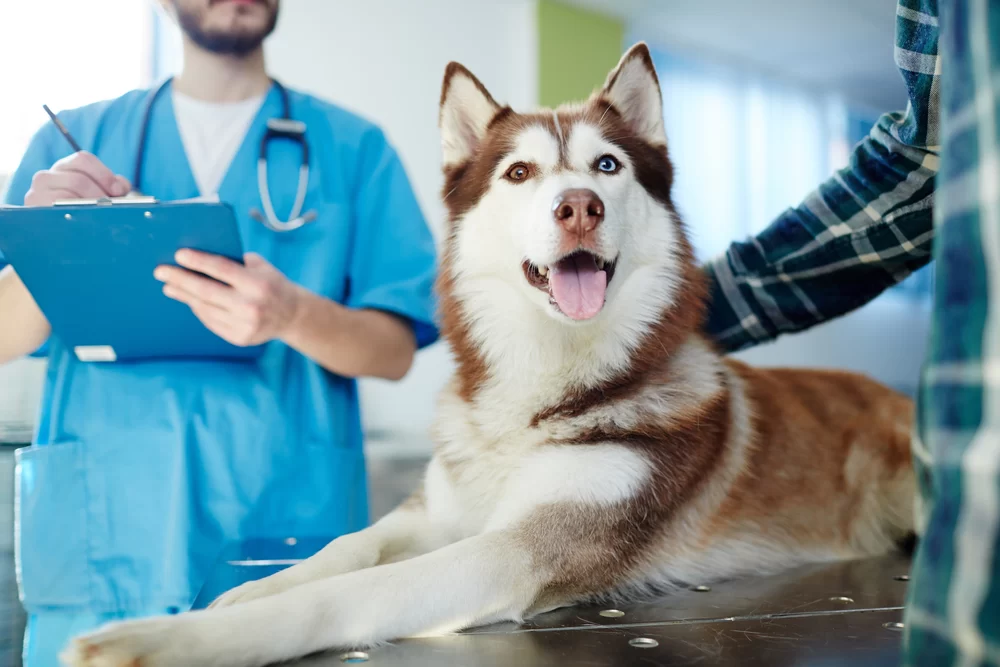- Understanding Kidney Problems in Pets
- Common Signs of Kidney Problems in Pets
- Diagnosing Kidney Disease in Pets
- Treatment Options for Kidney Disease in Pets
- Preventing Kidney Disease in Pets
Understanding Kidney Problems in Pets
Kidney problems in pets are becoming increasingly common, especially as animals age. Just like humans, pets' kidneys play a crucial role in filtering waste products from the bloodstream, regulating fluid levels, and maintaining overall health. When the kidneys begin to malfunction, it can lead to a variety of serious health issues. In fact, kidney disease is one of the leading causes of illness in older pets, particularly in cats and dogs.
Understanding kidney problems in pets requires recognizing that symptoms often develop slowly, making it difficult for pet owners to notice issues early. Many signs might seem subtle at first, which is why regular veterinary checkups are vital in catching potential problems early.
Common Signs of Kidney Problems in Pets
Kidney disease in pets often presents with a range of signs that can vary in severity. As the condition progresses, symptoms may become more pronounced. Here are some common signs that your pet might be experiencing kidney problems:
- Increased Thirst and Urination: One of the earliest and most noticeable signs is excessive thirst, known as polydipsia, which is often followed by frequent urination, or polyuria. Pets with kidney problems drink more water than usual to compensate for fluid loss caused by kidney dysfunction.
- Loss of Appetite: Pets with kidney disease often lose their appetite. This can lead to weight loss and decreased energy levels, both of which are clear red flags.
- Vomiting and Diarrhea: Kidney problems can cause digestive upset, leading to vomiting and diarrhea. This occurs because toxins build up in the bloodstream, affecting the digestive system.
- Lethargy and Weakness: If your pet seems unusually tired or weak, it could be a sign of kidney issues. Decreased kidney function often leads to a general feeling of fatigue as the body struggles to maintain normal function.
- Bad Breath (Uremic Breath): Pets with advanced kidney disease often develop foul-smelling breath, which is a result of toxins that the kidneys are unable to filter properly.
If you notice any of these signs in your pet, it's essential to schedule an appointment with your veterinarian to rule out kidney problems or begin treatment if necessary.

1946 S Christopher Columbus Blvd, Philadelphia, PA 19148, USA
See DetailsDiagnosing Kidney Disease in Pets
Diagnosing kidney disease in pets typically involves a combination of clinical examination and diagnostic tests. During a veterinary visit, your pet’s veterinarian will conduct a physical exam, taking note of symptoms and assessing your pet's overall health. The key diagnostic tools include:
- Blood Tests: Blood work is used to check the levels of creatinine, blood urea nitrogen (BUN), and other markers that indicate kidney function. High levels of these substances often suggest kidney dysfunction.
- Urinalysis: A urine test can help determine how well the kidneys are filtering waste. If the kidneys are not functioning properly, the urine may be diluted, or there may be proteins present that shouldn't be there.
- Ultrasound or X-rays: Imaging tests may be used to look for abnormalities in the kidneys, such as enlargement, scarring, or cysts.
Early detection of kidney problems is crucial for effective treatment and management. Regular check-ups and monitoring are key, especially for senior pets or those with a higher risk of kidney disease.
Treatment Options for Kidney Disease in Pets
Treating kidney disease in pets depends on the stage and severity of the condition. In the early stages, managing the disease and slowing its progression is possible with proper care. Treatment options include:
- Dietary Changes: A special kidney-friendly diet can help manage kidney disease by reducing the amount of waste the kidneys need to filter. These diets are often low in protein, phosphorus, and sodium.
- Medications: Certain medications can help control blood pressure, reduce protein loss in the urine, and manage other symptoms associated with kidney disease.
- Fluids and Hydration: In severe cases, pets may require intravenous or subcutaneous fluids to keep them hydrated and support kidney function.
- Dialysis or Transplant: In very advanced cases, kidney dialysis or even a kidney transplant may be necessary, although these treatments are not commonly available for pets.
Working closely with your veterinarian will help determine the most appropriate treatment plan for your pet’s specific needs. Early intervention can significantly improve the quality of life for pets with kidney disease.
Preventing Kidney Disease in Pets
While some causes of kidney disease are genetic and unavoidable, there are steps you can take to help reduce your pet's risk:
- Regular Check-ups: Routine vet visits are essential to monitor your pet's kidney function, especially for older pets or those at higher risk.
- Hydration: Encourage your pet to drink plenty of water to support kidney health. If your pet is reluctant to drink, try providing wet food or a pet water fountain to make hydration more appealing.
- Healthy Diet: Feed your pet a balanced, high-quality diet that supports kidney health. Avoid feeding pets foods that could strain the kidneys, such as those with high salt content or excessive protein.
- Monitor Medications: Some medications can damage the kidneys if used improperly. Always follow your vet's instructions when administering medications.
At Hidden Brook Veterinary, we are committed to providing the best care for your pet's kidney health. If you notice any signs of kidney problems in your pet, reach out to us for a consultation and personalized advice.











